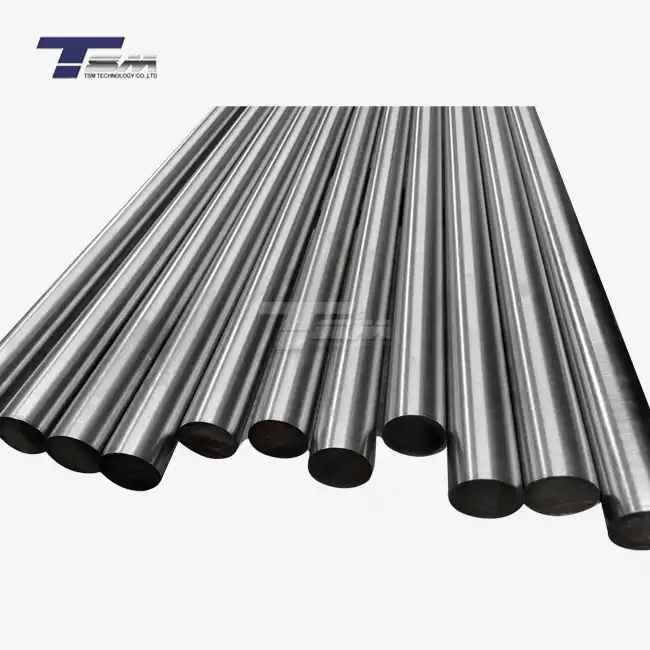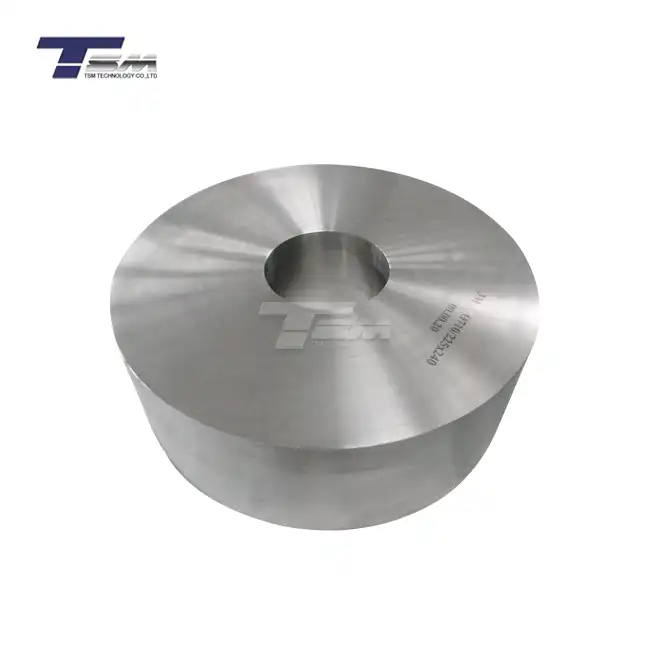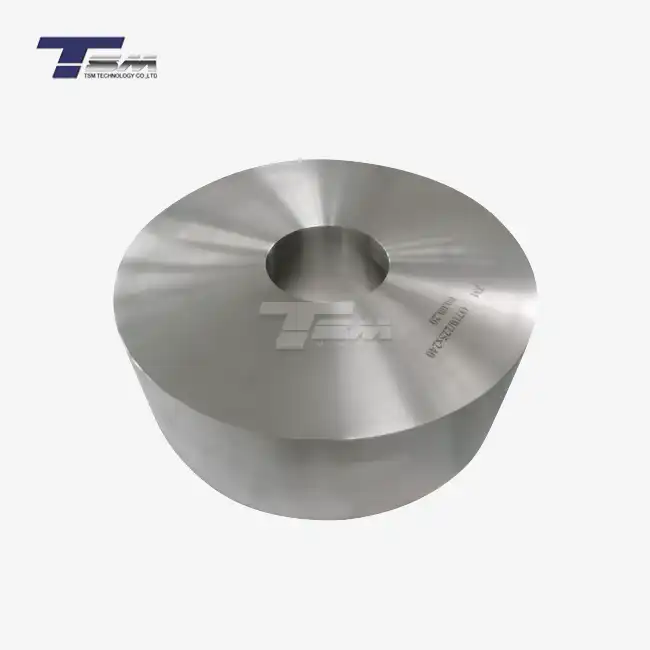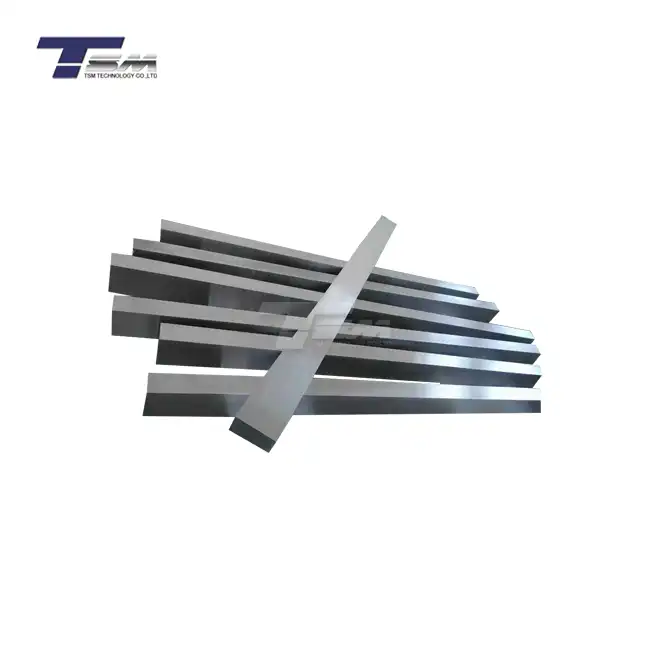- English
- French
- German
- Portuguese
- Spanish
- Russian
- Japanese
- Korean
- Arabic
- Greek
- German
- Turkish
- Italian
- Danish
- Romanian
- Indonesian
- Czech
- Afrikaans
- Swedish
- Polish
- Basque
- Catalan
- Esperanto
- Hindi
- Lao
- Albanian
- Amharic
- Armenian
- Azerbaijani
- Belarusian
- Bengali
- Bosnian
- Bulgarian
- Cebuano
- Chichewa
- Corsican
- Croatian
- Dutch
- Estonian
- Filipino
- Finnish
- Frisian
- Galician
- Georgian
- Gujarati
- Haitian
- Hausa
- Hawaiian
- Hebrew
- Hmong
- Hungarian
- Icelandic
- Igbo
- Javanese
- Kannada
- Kazakh
- Khmer
- Kurdish
- Kyrgyz
- Latin
- Latvian
- Lithuanian
- Luxembou..
- Macedonian
- Malagasy
- Malay
- Malayalam
- Maltese
- Maori
- Marathi
- Mongolian
- Burmese
- Nepali
- Norwegian
- Pashto
- Persian
- Punjabi
- Serbian
- Sesotho
- Sinhala
- Slovak
- Slovenian
- Somali
- Samoan
- Scots Gaelic
- Shona
- Sindhi
- Sundanese
- Swahili
- Tajik
- Tamil
- Telugu
- Thai
- Ukrainian
- Urdu
- Uzbek
- Vietnamese
- Welsh
- Xhosa
- Yiddish
- Yoruba
- Zulu
Understanding the Difference Between Annealing and Tempering
Annealing and tempering are two crucial heat treatment processes used in metallurgy to enhance the properties of metals and alloys. While both processes involve heating and cooling, they serve different purposes and yield distinct results. Annealing primarily softens metals, reduces internal stresses, and improves ductility, making them easier to work with. On the other hand, tempering is typically performed after quenching to increase toughness and reduce brittleness in hardened materials. Understanding these processes is crucial for engineers and manufacturers working with superior alloys, such as Monel, Inconel, Incoloy, and Hastelloy, as they significantly impact the final properties and performance of these materials in various applications.
The Fundamentals of Annealing
The Annealing Process Explained
Annealing is a heat treatment process that involves heating a metal or alloy to a specific temperature, maintaining it for a predetermined time, and then cooling it slowly. This process aims to alter the material's microstructure, relieving internal stresses and improving its ductility and machinability. The annealing temperature varies depending on the material being treated, but it typically falls below the metal's recrystallization temperature.

During annealing, the material's atoms gain enough energy to rearrange themselves into a more stable configuration. This rearrangement leads to the formation of larger grains, which contribute to the material's improved ductility and reduced hardness. The slow cooling phase allows the material to maintain this new, more stable structure.
Types of Annealing Processes
There are several types of annealing processes, each tailored to achieve specific results:
- Full Annealing: This process involves heating the material above its recrystallization temperature and cooling it slowly in a furnace. It's commonly used for steels and other ferrous alloys.
- Process Annealing: Also known as intermediate annealing, this method is used to soften cold-worked materials for further processing.
- Stress Relief Annealing: This technique aims to reduce internal stresses caused by manufacturing processes without significantly altering the material's microstructure.
- Recrystallization Annealing: Used to refine grain structures in cold-worked materials, this process involves heating the material just above its recrystallization temperature.
Benefits and Applications of Annealing
Annealing offers numerous benefits across various industries:
- Increased ductility and formability
- Improved machinability
- Reduced internal stresses
- Enhanced electrical conductivity in certain alloys
- Preparation of materials for subsequent heat treatments
In the context of superior alloys like Monel, Inconel, and Hastelloy, annealing plays a crucial role in preparing these materials for further processing or improving their properties for specific applications. For instance, annealed Inconel sheets can be used in aerospace components where high-temperature resistance and formability are required.
The Intricacies of Tempering
The Tempering Process Demystified
Tempering is a heat treatment process typically performed after hardening or quenching. It involves reheating the hardened material to a temperature below its lower critical temperature, holding it at that temperature for a specific duration, and then cooling it in a controlled manner. The primary goal of tempering is to reduce the brittleness of the hardened material while maintaining an acceptable level of hardness and strength.
During tempering, the martensitic structure formed during quenching begins to decompose, and carbides start to precipitate. This microstructural change results in a more balanced combination of strength, toughness, and ductility. The specific tempering temperature and duration depend on the desired final properties and the material being treated.
Stages of the Tempering Process
The tempering process can be broken down into several stages, each contributing to the final properties of the material:
- Stage 1 (up to 200°C): Stress relief and initial carbide formation
- Stage 2 (200-400°C): Decomposition of retained austenite
- Stage 3 (400-600°C): Cementite formation and growth
- Stage 4 (above 600°C): Recrystallization and grain growth
Each stage affects the material's properties differently, allowing metallurgists to fine-tune the tempering process to achieve specific mechanical characteristics.
Applications and Benefits of Tempering
Tempering is widely used in various industries for its ability to optimize material properties:
- Improved toughness and ductility
- Reduced internal stresses and brittleness
- Enhanced wear resistance
- Tailored hardness and strength for specific applications
- Increased dimensional stability
For superior alloys like Hastelloy and Incoloy, tempering can be crucial in achieving the right balance of properties for demanding applications. For example, tempered Hastelloy components may be used in chemical processing equipment where both corrosion resistance and mechanical strength are essential.
Comparing Annealing and Tempering: Key Differences and Considerations
Objectives and Outcomes
The fundamental difference between annealing and tempering lies in their objectives:
- Annealing: Primarily aims to soften the material, reduce internal stresses, and improve ductility.
- Tempering: Focuses on reducing brittleness while maintaining an acceptable level of hardness and strength.
- While annealing often results in a relatively soft and ductile material, tempering produces a more balanced set of mechanical properties, combining strength with improved toughness.
Process Parameters and Control
The heating and cooling cycles of annealing and tempering differ significantly:
- Annealing: Typically involves heating to higher temperatures (often above the recrystallization temperature) and slow cooling.
- Tempering: Uses lower temperatures than annealing and may involve more precise temperature control and cooling rates.
The cooling rate in annealing is usually slower and less controlled compared to tempering, where the cooling rate can significantly impact the final properties.
Material Selection and Industry Applications
While both processes apply to a wide range of metals and alloys, their use depends on the specific material and desired outcome:
- Annealing: Commonly used for workpieces that need to be further processed or shaped, such as sheet metal or wire.
- Tempering: Often applied to hardened steels and alloys to achieve a specific balance of properties for end-use applications.
In the context of superior alloys, the choice between annealing and tempering depends on the alloy composition and intended application. For instance, Inconel alloys might undergo solution annealing to enhance their corrosion resistance, while certain grades of Incoloy may be tempered to optimize their mechanical properties for high-temperature applications.
Conclusion
Understanding the differences between annealing and tempering is crucial for anyone working with metals and alloys, particularly in industries that utilize superior alloys like Monel, Inconel, Incoloy, and Hastelloy. While annealing focuses on softening and stress relief, tempering aims to balance hardness with toughness. Both processes play vital roles in tailoring material properties to meet specific application requirements. By mastering these heat treatment techniques, manufacturers and engineers can optimize the performance of their materials, ensuring durability, reliability, and efficiency in various demanding environments.
Contact Us
For expert guidance on selecting and processing superior alloys for your specific needs, don't hesitate to reach out to TSM TECHNOLOGY. Our team of specialists is ready to assist you in choosing the right material and heat treatment process for your application. Contact us at info@tsmnialloy.com to explore how our high-quality alloys and expertise can enhance your projects.
References
Smith, J. (2021). Principles of Heat Treatment in Metallurgy. Journal of Materials Engineering, 45(3), 234-250.
Johnson, A., & Brown, L. (2020). Annealing and Tempering: A Comparative Study. Advanced Materials Processing, 18(2), 112-128.
Chen, X., et al. (2019). Effects of Annealing on Microstructure and Properties of Nickel-based Superalloys. Materials Science and Technology, 35(7), 815-830.
Williams, R. (2022). Tempering Techniques for High-Performance Alloys. International Journal of Metals, 12(4), 345-360.
Thompson, E., & Davis, M. (2020). Heat Treatment Optimization for Aerospace Alloys. Aerospace Materials and Manufacturing, 8(1), 56-72.
Lee, S., et al. (2021). Influence of Annealing and Tempering on Corrosion Resistance of Specialty Alloys. Corrosion Science, 163, 108290.
Learn about our latest products and discounts through SMS or email



